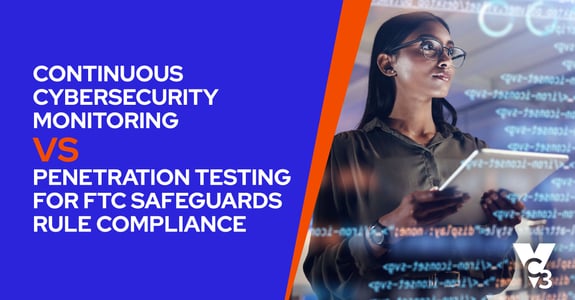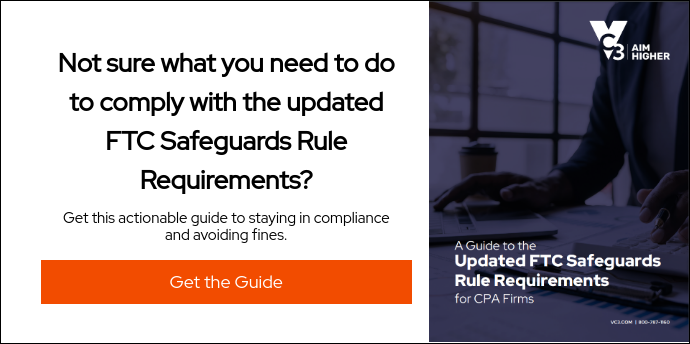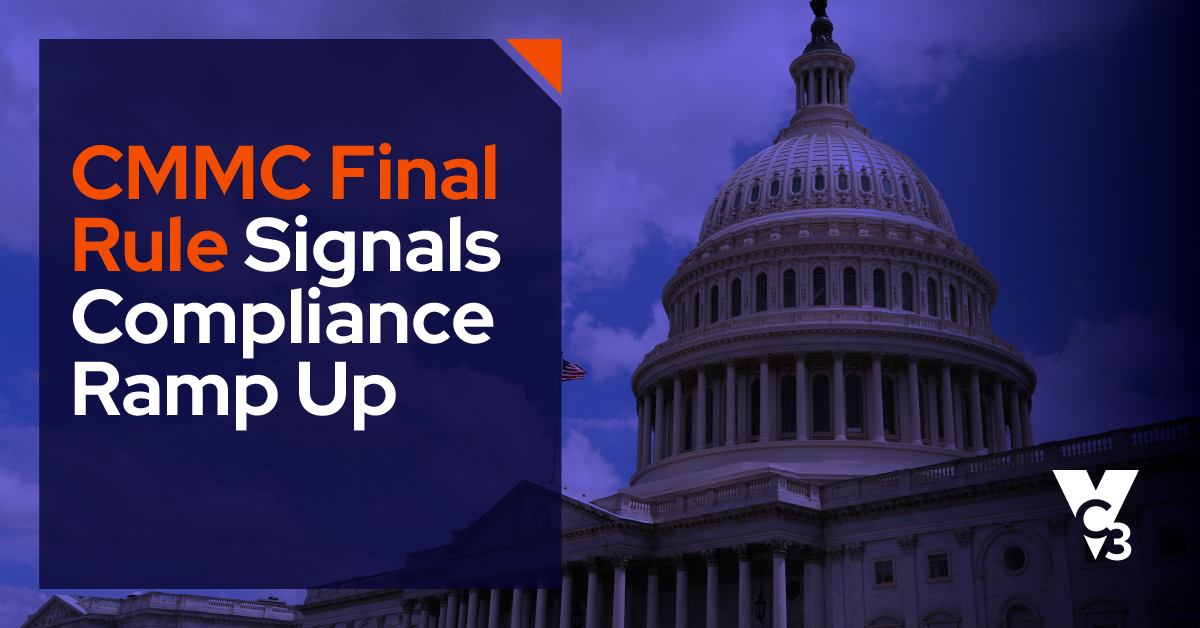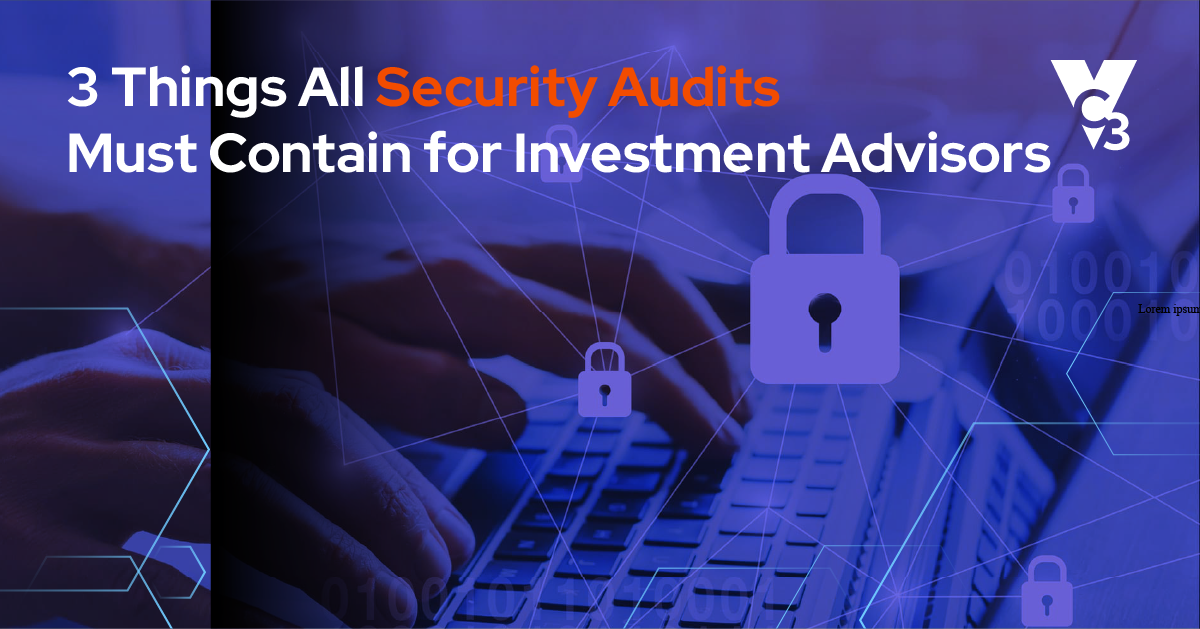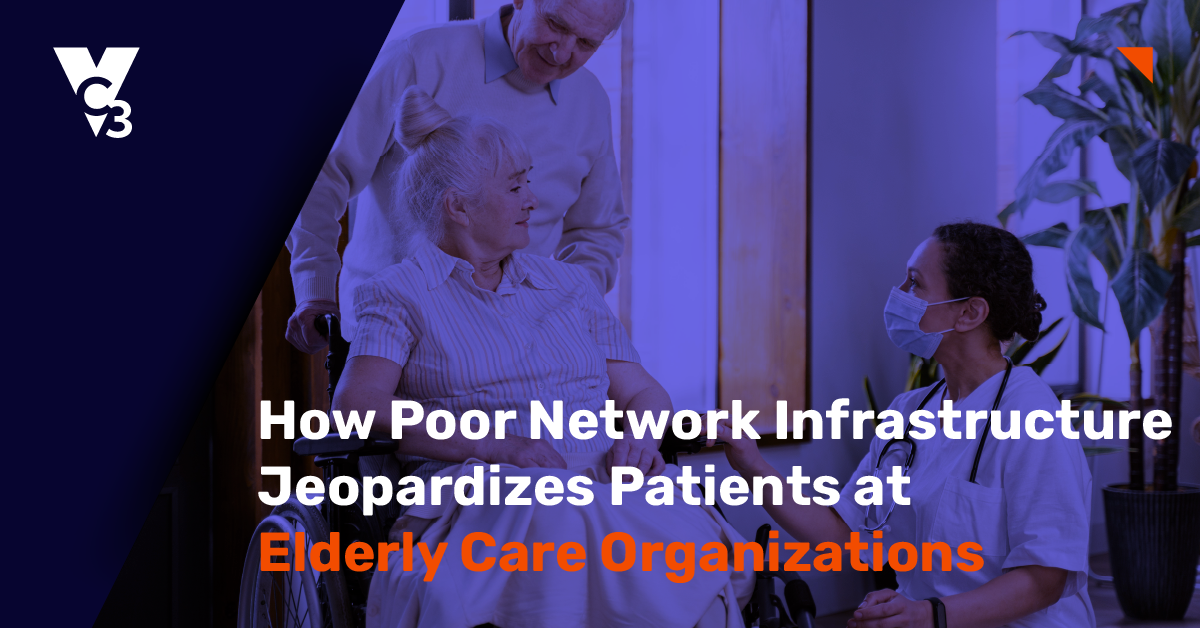If you’re a CPA firm aiming to comply with the recently updated FTC Safeguards Rule, you’ve probably come across this section on continuous monitoring and testing.
For information systems, testing can be accomplished through continuous monitoring of your system. If you don't implement that, you must conduct annual penetration testing, as well as vulnerability assessments, including system-wide scans every six months designed to test for publicly-known security vulnerabilities.
You may read that and think, “Do I need continuous cybersecurity monitoring? Why not just do penetration tests every six months?”
It’s an option...but it’s a risky one and it shouldn’t be your first choice. Periodic penetration testing certainly has many advantages and can be a healthy part of an overall cybersecurity program. By replicating an actual attack and deeply probing the effectiveness of your security controls, a penetration test will uncover significant gaps and vulnerabilities.
However, penetration testing alone leaves you open to many cyber threats that could be thwarted with continuous monitoring, the FTC’s primary recommendation. This is not an area where you want to take a shortcut. A cyberattack can cause reputational damage, lead to lost revenue, and deliver a devastating blow to your productivity. What if a cyberattack occurs during busy season and you’re unable to work?
Here are three reasons why you’ll want continuous monitoring as your primary method of meeting the FTC’s requirement.
📖 Download Now: Guide to the Updated FTC Safeguards Rule Requirements for CPAs
1. You can detect threats in real-time.
Consider penetration testing like a sporadic health check. It’s beneficial, no doubt, but what happens in between?
What if a threat gets inside your system? When will you know about it? Months from now?
Cybersecurity is a dynamic domain. The threats evolve constantly, and the tools needed to counteract them must be equally dynamic. While penetration tests offer valuable insights into potential vulnerabilities, they can't capture real-time threats.
It's here that continuous monitoring tools, like Managed Detection and Response (MDR) and Intrusion Detection Systems (IDS), come to the forefront. They’re always on the lookout, ensuring that any potential breach is identified the moment it occurs. And in the world of cybersecurity, timely detection can make all the difference.
Despite all your cybersecurity prevention tools, all it takes is an employee clicking on the wrong email or attachment to unleash a cyberattack.
When you can immediately detect threats, continuous monitoring also accelerates your incident response—allowing you to minimize a cyberattack’s impact and recovery time.
2. You have a cybersecurity dashboard of your systems at all times.
How secure is your firm right now? Many CPA firms struggle to answer.
Just like a health monitor keeps a constant check on vital signs, think of continuous monitoring as a real-time health check for your firm’s cybersecurity. Cybersecurity monitoring tools—with the right dashboard—give you the information you need to sleep soundly knowing your firm is protected.
At any time, you can see the state of your devices, network, and systems along with valuable information about user activity and potential cybersecurity threats. This dashboard not only gives you visibility, but it also helps create a baseline customized to your firm’s operations. Once you see how your systems look on a day-to-day basis, you can more easily spot anomalies.
For example, if you know that no employees work at 3am and yet an employee starts downloading excessive amounts of sensitive information at that time, you will know that something is probably wrong.
With vulnerability management data as part of your dashboard, you can spot vulnerabilities the moment they occur. Penetration tests are a moment in time snapshot. Many vulnerabilities can be remedied within a month of being identified, but infrequent penetration tests may overlook these vulnerabilities.
3. You can automate many cybersecurity capabilities.
While a penetration test requires a manual, one-off approach to vulnerability testing, continuous monitoring takes advantage of automation to detect and, in some cases, respond to threats. This not only ensures quicker threat detection but also offers efficient data analysis, allowing firms to be proactive rather than reactive.
Consider Your Firm’s Overall Cybersecurity Strategy
With the FTC Safeguards Rule, you risk an inability to comply if you settle for only periodic penetration testing. It’s not impossible, but it’s risky. Instead, continuous monitoring provides continuous evidence that your security controls and data protection measures are actively preventing and detecting threats.
Continuous monitoring and penetration tests are complementary approaches to cybersecurity.
Continuous monitoring offers real-time visibility, threat detection, and vulnerability management while penetration tests provide in-depth assessments of vulnerabilities and security controls. An effective cybersecurity strategy often involves a combination of both continuous monitoring for ongoing protection and periodic penetration tests to validate security measures and identify weaknesses.
Ready to fortify your CPA firm's cybersecurity defenses? At VC3, we help CPA firms navigate the technology journey and meet their compliance goals. Reach out to our team for a comprehensive Cybersecurity and Risk Assessment.


